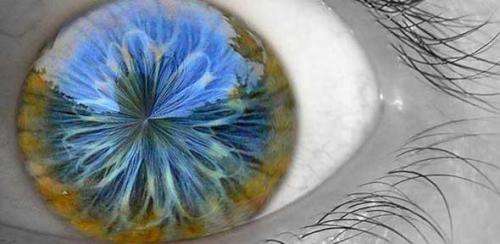From Mexican wave to retinal wave: Why sharing data is good for science

From the way we learn, to how our memories are made and stored, the workings of our brains depend on connections forged between billions of neurons, yet much about how our nervous system develops remains a mystery.
Now, researchers at Cambridge, York, Newcastle and Imperial College London have developed a system allowing neurophysiologists to share raw data with each other, something they hope will generate new discoveries in the field. The results are published in the journal GigaScience.
The first type of data they collected and standardised are recordings of so called 'retinal waves'. During early development, retinal neurons generate signals that rapidly spread across from one cell to another, much like a Mexican wave in a football stadium. These patterns of activity are thought to help forge the neural connections from the eye to the brain.
To record retinal waves, scientists use multielectrode arrays (tiny electrical devices). In this research, the team took 366 recordings from 12 different studies published between 1993 and 2014, converted them all to HDF5 – a standard open source format – and published them in a web-based 'virtual laboratory' called CARMEN.
According to lead author Dr Stephen Eglen from the Cambridge Computational Biology Institute: "Unlike other fields such as genomics, there hasn't been much public data sharing in neuroscience, which could be because the data are heterogeneous and hard to annotate, or because researchers are reluctant to share data with a competitor."
But Eglen believes there is much to be gained by a more cooperative approach. "There are two main benefits to sharing," he said. "As well as leading to other collaborations and more interesting research, it also means that other people can check what you've done, which leads to more robust research. And if the taxpayer funds research, then I think it's important for those results to be publicly available."
More information: "A data repository and analysis framework for spontaneous neural activity recordings in developing retina." Stephen John Eglen, et al. GigaScience 2014, 3:3 DOI: 10.1186/2047-217X-3-3
















